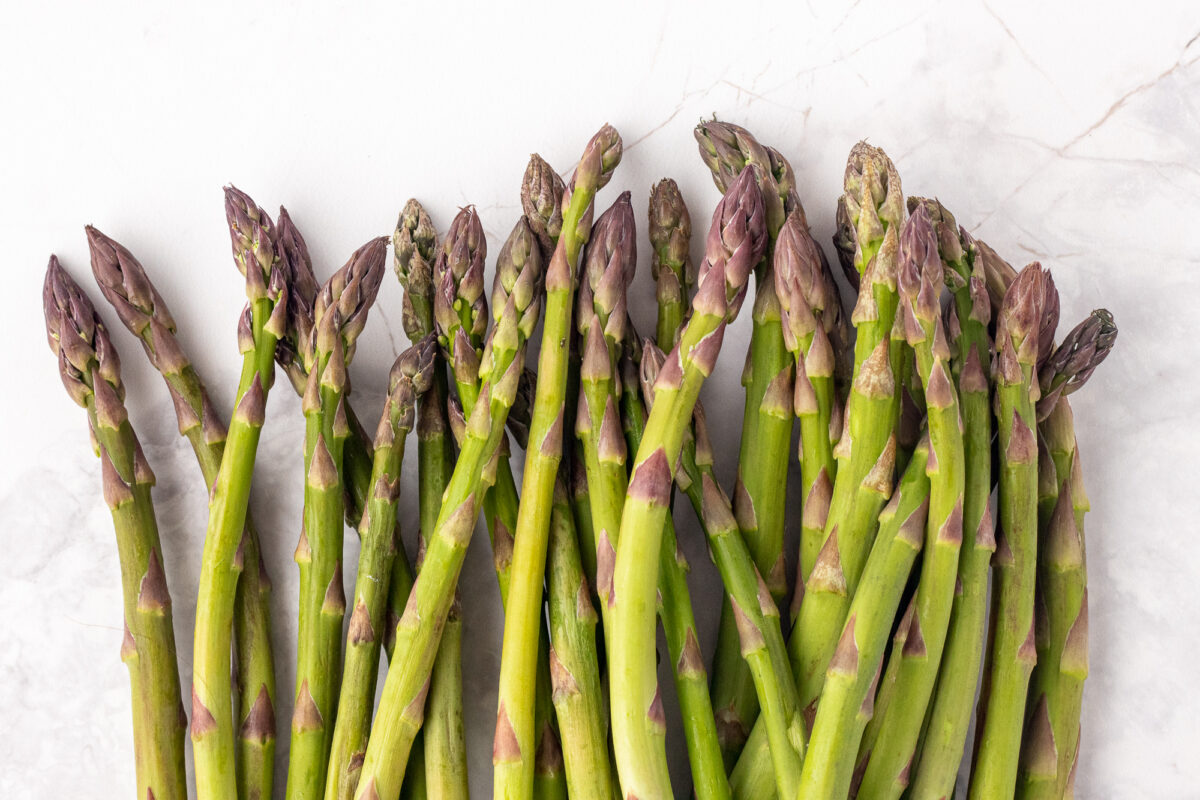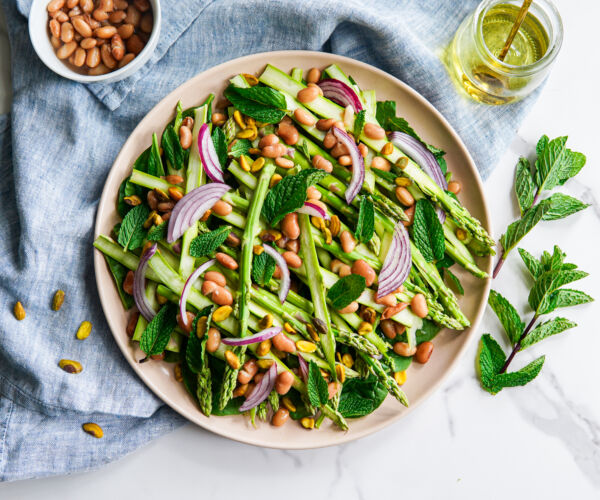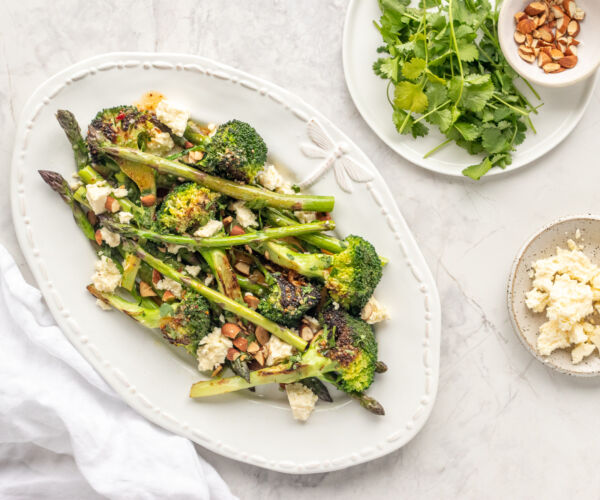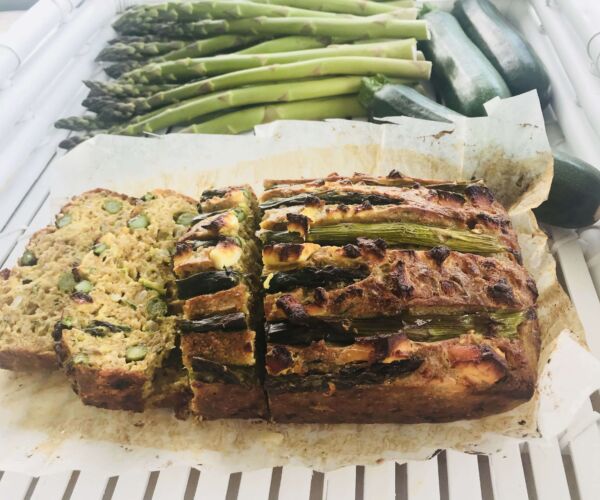Asparagus

Asparagus/Apareka
Availability
Early season asparagus is usually available in September, with main supplies starting in October/November. Supply dwindles again in January.
Storage and Handling
Store in the refrigerator with the cut ends covered in moist paper towels.
Handle all fresh produce with care and wash before eating.
History
Asparagus originated in the Eastern Mediterranean and was a favourite of the Greeks and Romans who used it as a medicine. In parts of Europe, Turkey, Africa, Middle East and Asia some varieties of asparagus grow wild.
Facts
- In some countries people prefer to eat white asparagus (it stays white because it is grown out of the sun). In New Zealand, we like it green and there is little, if any, white grown. Purple asparagus is becoming increasingly available in New Zealand
- Fresh asparagus sounds squeaky when rubbed. If it does not squeak it is not fresh
- Asparagus is perennial, and once established can produce stalks for 15-20 years
Growing Facts
- Asparagus can be grown from “crowns” or seeds and is best planted in winter
- Asparagus will grow in a variety of soils and is a hardy crop, though they prefer well-drained sandy soils
- Asparagus grow best in areas with rainfall in spring and summer and cold winters
Nutrition Information
Asparagus is a good source of folate and a source of potassium, niacin (vitaminB3), riboflavin (vitamin B2) and thiamin (vitamin B1).
You will find the full Nutrition Information Panel on the New Zealand Food Composition Data website. This website is owned jointly by Plant & Food Research and the Manatū Hauora Ministry of Health. This website holds the most comprehensive collection of high-quality nutrient data for New Zealand foods. The Database is managed and maintained by dedicated Plant & Food Research staff.





